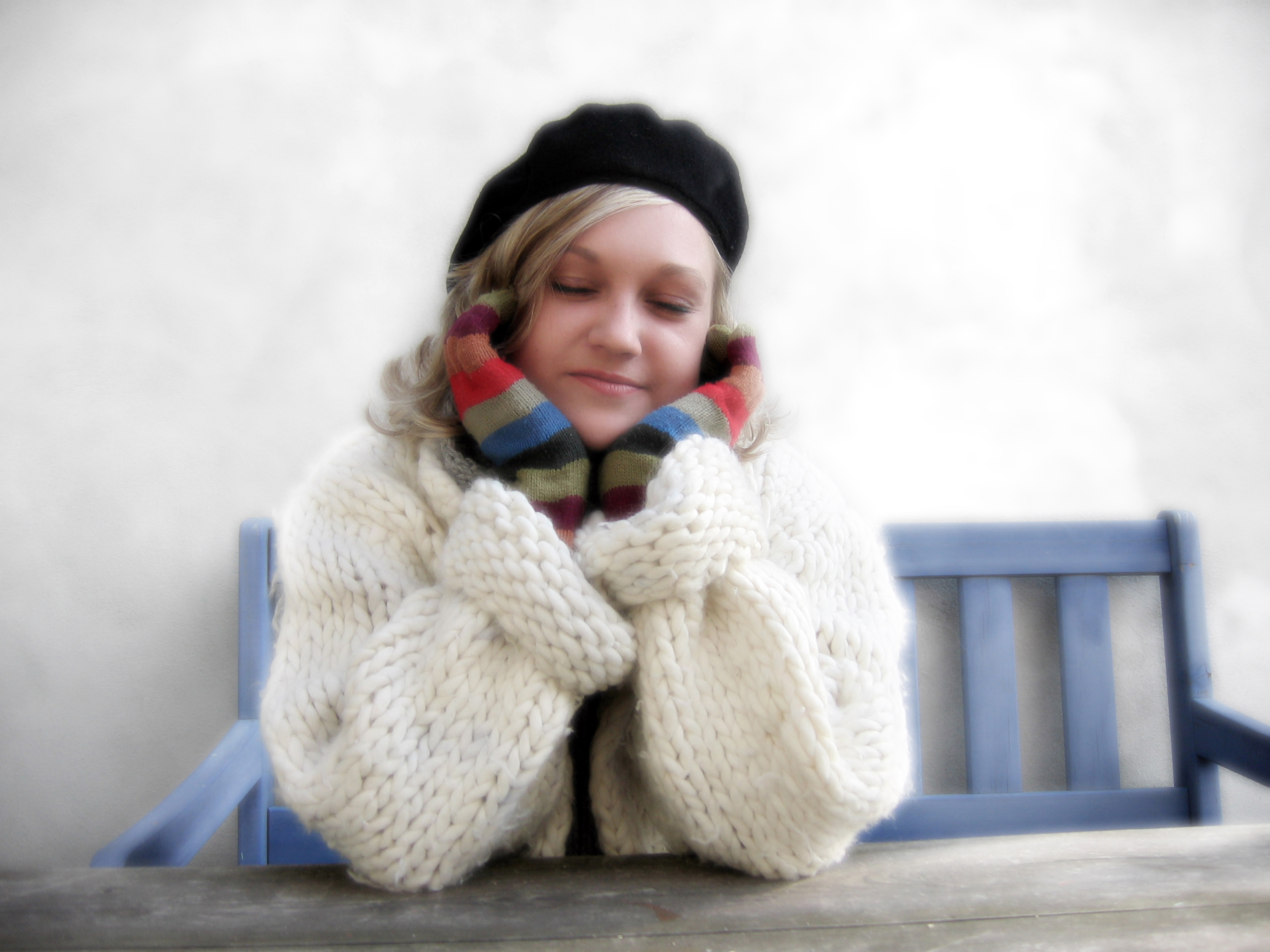 Keeping Our Bodies Hydrated: Inside and Out
Keeping Our Bodies Hydrated: Inside and Out
by Teresa VanDyk Marshall
On the Inside
It is true that what we take into our insides has a lot to do with how hydrated we appear on the outside. So, we decided to start by ways to keep hydrated inside. According to Dr. Leonard Smith, a well known gastrointestinal, vascular and general surgeon, here are some guidelines to keeping our bodies hydrated on the inside:
1. Drink half of our body weight in ounces of water daily. That’s right, 8 glasses of water a day may not cut it. If you weigh 200 lbs., then drink 100 ounces of water every day. One hundred ounces of water equates to about 3 quarts to 1 gallon of water.
2. Don’t drink it all at once! Sip slowly 2-3 ounces at a time, throughout the day. Drinking a little more than this won’t necessarily hurt us, but we could dilute our blood and cause our bodies to just excrete our excess water faster. Therefore, we’d rob our bodies of the hydration we’re trying to add in the first place! An exception could be if we are sweating or exerting ourselves, thus expending more fluids, in which case restoring the lost fluids by drinking more would be appropriate.
3. Don’t drink a lot at the dinner table. Drink only 2-4 ounces of water with meals. It turns out that drinking more than this could interfere with our digestion. It should be added that a small amount of warm soup can actually aid digestion.
4. Especially during the dry winter days ahead, be sure we drink before we get thirsty. Ironically, signs of dehydration show up slower in drier climates.
5. Be conscious of our blood sugar levels. When our bodies excrete the higher sugar levels, out goes our water with it! This is especially something to keep in mind throughout the upcoming months as we attend upcoming festive dinners and family gatherings!
6. Strive to keep our blood alkaline. It’s all about balance. Many of the foods, drinks and medicines we consume may contribute to our body being in an acidic state.
Additional tips from the Cleveland Clinic include staying on top of our hydration levels simply by checking the color of our urine: if it’s darker than a pale “straw,” we need to drink more hydrating fluids. They added that alcohol, some teas and coffee are more dehydrating than hydrating and should be avoided when trying to hydrate ourselves.
When exercising, they add that fruit juices should be avoided due to their high carbohydrate level, coupled with low sodium. The clinic recommends substituting the fruit juice with an alternative sports drink that replaces fluids and lost sodium and potassium.
On the Outside
Here are some tips to stay healthy and hydrated on the outside all winter long:
1. Caroline Goddard, an expert with Beauty & Style, shared this favorite spa-inspired recipe for a homemade moisturizing facial: Combine a cup of prepared instant oatmeal, a cup of whole milk, three tablespoons of honey and a few drops of essential oil in a blender. Process until smooth, and then transfer to a bowl. Microwave the blend for about 30 seconds, until it is comfortably warm—but not hot. Massage this natural mask into the skin after a cleansing shower and leave it for five minutes. Rinse thoroughly and then moisturize.
2. Coconut Oil is not just for in the kitchen. Massage it on right after a shower and enjoy its tropical scent and all natural, toxin-free, moisturizing properties.
3. Just before bedtime, massage hands and feet with petrolatum-based moisture creams. Follow by putting on light soft gloves and cozy socks. Not only does this make it easier to keep the central heat in the house off (which helps prevent dryness in and of itself), but it makes hands and feet super soft the morning after!
4. If the home is dry or a heater is used to warm a chilly space, consider running a humidifier at home on especially dry days. One alternative to a humidifier is to simmer cinnamon spice (or?another aromatic spices we enjoy) in a pot of water on our stovetop. This adds a subtle, festive fragrance while adding some much needed humidity.
5. Remember to routinely apply a moisturizing lip balm. Chapped lips are common at this time of year, and, when there’s no lick balm handy, what do we do? We lick our lips, which actually dries them out more!
